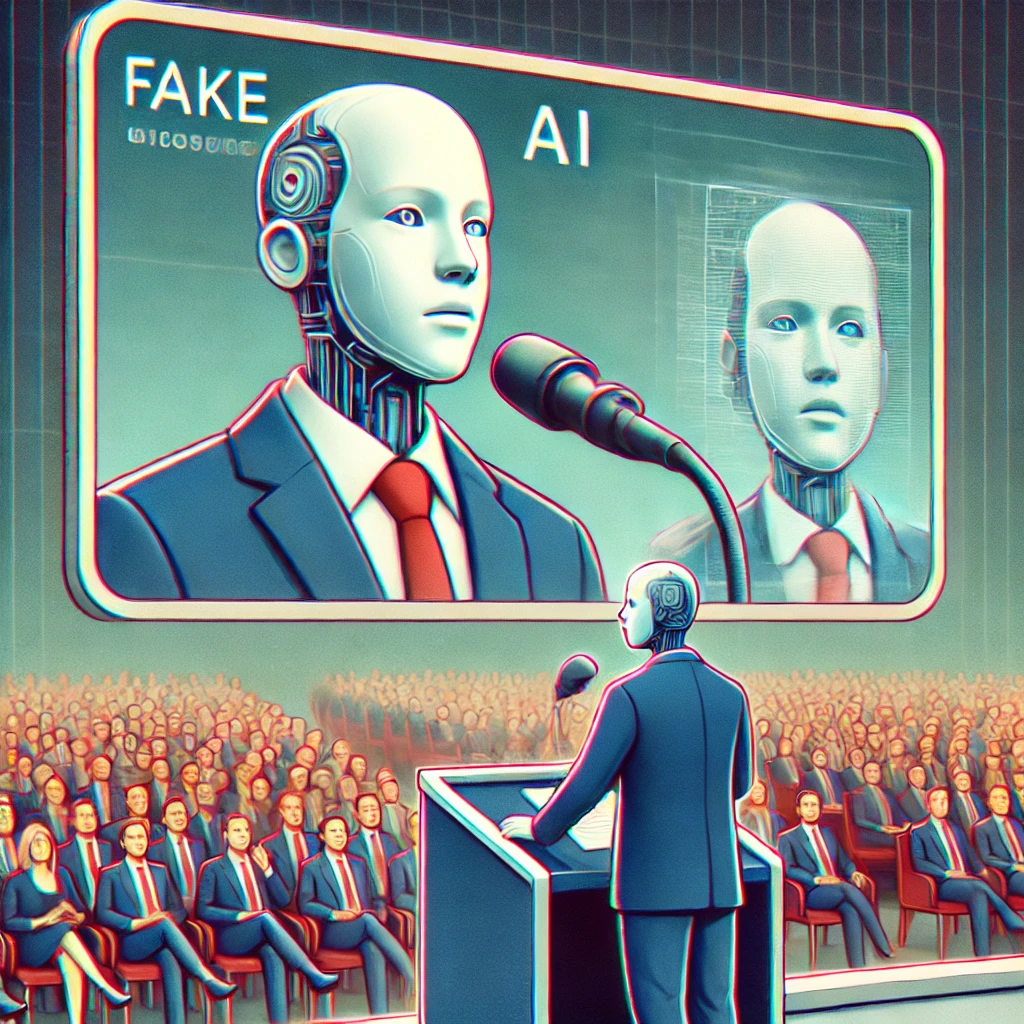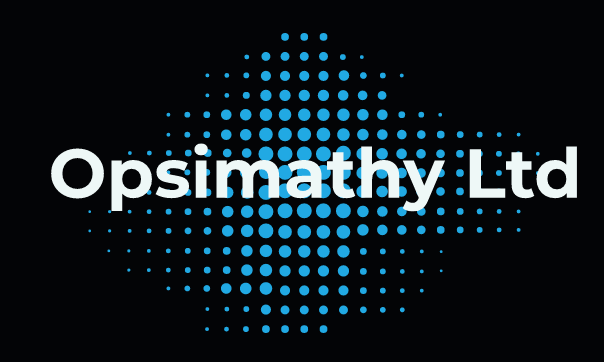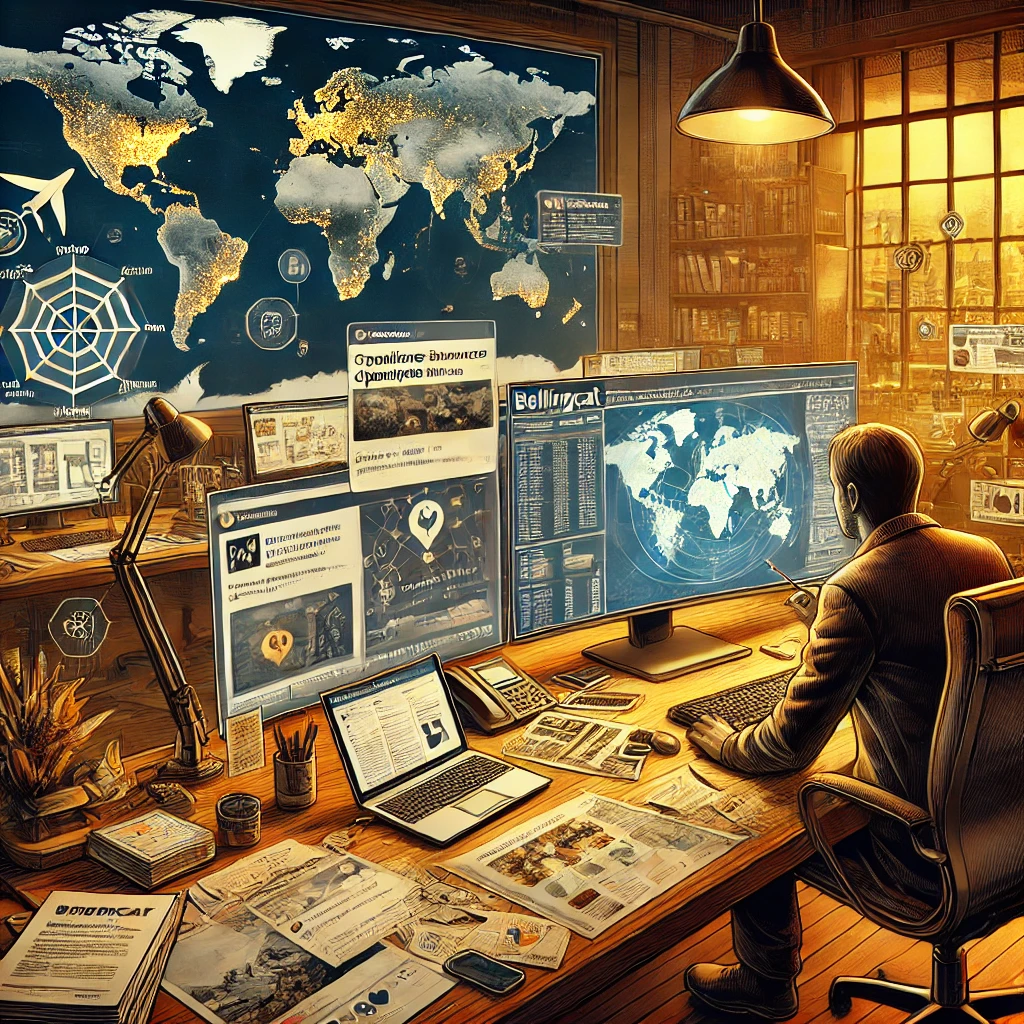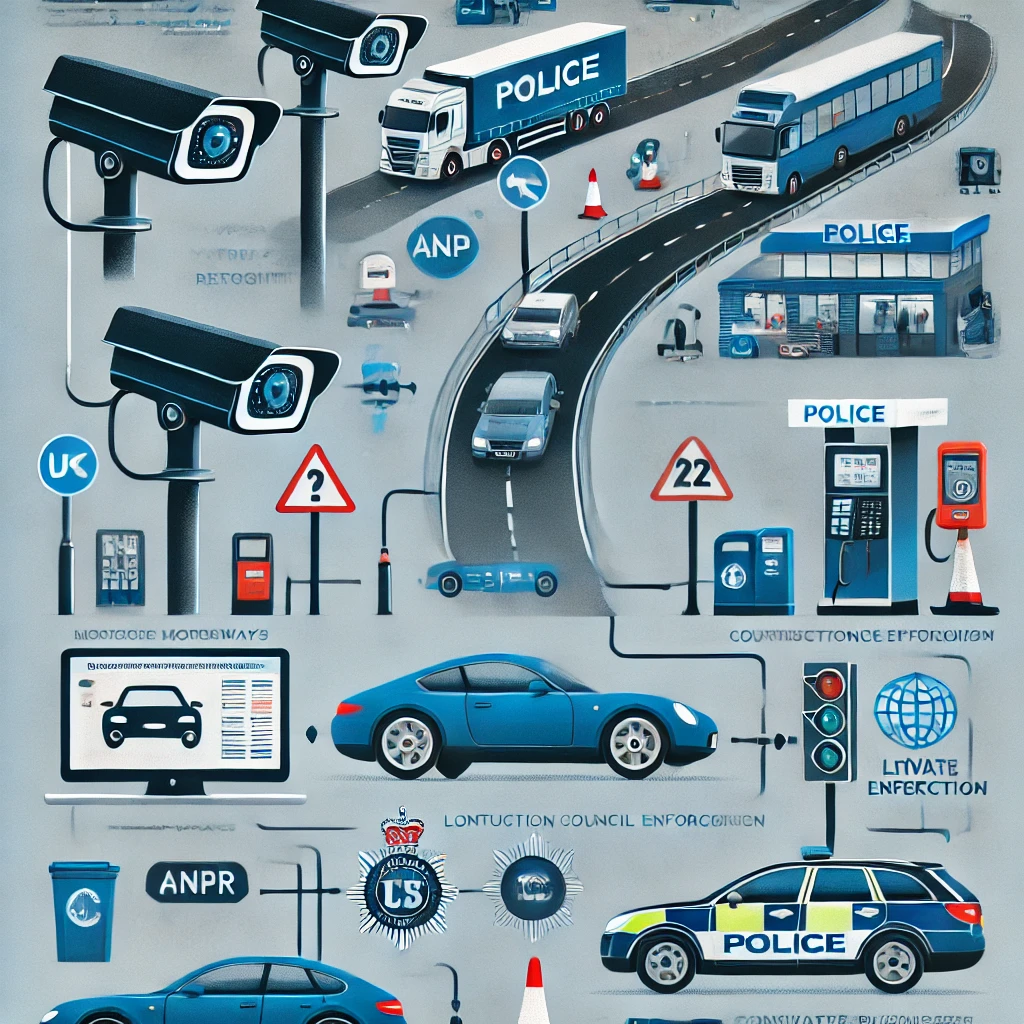
In recent years, the proliferation of artificial intelligence (AI) has led to a surge in the creation and dissemination of fake images, particularly within political spheres. Governments and political actors have increasingly utilised manipulated visuals to influence public perception, sway elections, and propagate specific narratives. This blog post delves into notable instances where fake images have been employed in governmental contexts, highlighting the ethical implications and the challenges they present to information integrity.
1. Altered Political Advertisements
A recent example involves the Wisconsin Supreme Court race, where an attack ad against liberal candidate Susan Crawford featured a doctored image. The advertisement altered Crawford’s smiling face to a closed-lip expression, aiming to cast her in a negative light. Funded by opponent Brad Schimel’s campaign, the ad sparked accusations of violating state laws that mandate disclosure of AI-generated content in political advertisements. Schimel’s spokesperson admitted to editing the image but denied using AI, raising ethical concerns over manipulating political ads.
apnews.com
2. AI-Generated Disinformation Campaigns
In a sophisticated disinformation effort, suspected Chinese operatives utilised AI-generated images to impersonate American voters online. The campaign aimed to spread disinformation by creating fake personas that mimicked real individuals, influencing public opinion and sowing discord. This tactic underscores the evolving nature of disinformation campaigns and the role of AI in crafting convincing yet false narratives.
cnn.com
3. Deepfakes in Political Contexts
Deepfakes, a form of synthetic media in which AI creates hyper-realistic but fake content, have been increasingly utilised in politics. For instance, during the 2024 U.S. presidential election, deepfake videos and images of candidates circulated widely, raising concerns about their potential to mislead voters and disrupt the electoral process. The sophistication of these deepfakes makes it challenging for the public to discern real from fake, posing a significant threat to democratic processes.
wired.com
4. Historical Instances of Image Manipulation
The manipulation of images for political purposes is not a new phenomenon. Historically, leaders like Joseph Stalin and Benito Mussolini altered photographs to serve their agendas. Stalin, for example, often airbrushed his enemies out of pictures to erase them from historical records, while Mussolini removed a horse handler from a portrait to appear more heroic. These early instances of photo manipulation set precedents for the modern use of fake images in politics.
en.wikipedia.org
5. AI in Election Campaigns
The use of AI-generated content in election campaigns has become more prevalent. In the 2024 Indian general election, political parties employed deepfakes to reach a wider audience. For example, the Bharatiya Janata Party (BJP) used AI to create a deepfake video of its leader, Manoj Tiwari, speaking in a different language to appeal to a specific voter base. While the party described it as a positive use of technology, it sparked debates about the ethical implications of using AI in political messaging.
en.wikipedia.org
Ethical Implications and the Need for Vigilance
The increasing use of fake images by governments and political entities raises significant ethical concerns. Manipulated visuals can mislead the public, distort reality, and undermine trust in institutions. As AI technology advances, creating convincing fake images becomes easier, necessitating greater vigilance from the public and regulatory bodies. To combat the spread of disinformation, developing and implementing robust verification mechanisms and promoting media literacy is crucial.
In conclusion, while using fake images in government and politics is not new, advanced AI technologies have amplified the scale and sophistication of such practices. Addressing this challenge requires a multifaceted approach, including technological solutions, policy interventions, and public education, to preserve the integrity of information in the public sphere.


